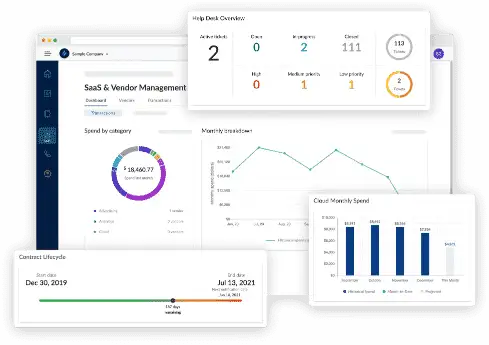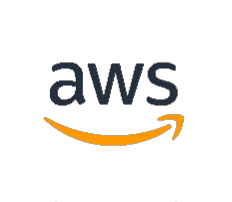With the help of React Hooks, component creation in React has changed significantly as it introduces a more direct and easy-to-understand framework for leveraging React functionalities without classes. While this change helps in normal functioning, it is a shift and comes with new issues, especially in testing.
Understanding React Hooks
To grasp the importance of proper testing, it’s crucial first to understand what React Hooks are. Essentially, Hooks are functions that let you “hook into” React state and lifecycle features from function components.
When you React engineers, they eliminate the need for numerous class components. And make it possible to write React applications more practically. The most commonly used hooks are useState, for managing state, and useEffect, for performing side effects.
Why Use Hooks?

1. Simplification of Code
Hooks help in reducing the burden of handling state and affect your components, thus improving your code’s organization.
2. Enhanced Reusability
Custom hooks can be shared among components or even across different projects, promoting cleaner and more modular code.
3. Organized Logic
Hooks encourage you to organize logic around behavior rather than a lifecycle, making it easier to manage and reason about.
Setting Up Your Testing Environment
Testing components that use Hooks requires an environment that mimics React’s behavior closely. This mostly involves making sure one picks the right tools and arranges them to correct for React’s modern amenities.

1. Essential Tools
- Jest
This is the de facto standard for testing React applications. It is specifically a test runner that can run the tests and offers a few tools for mock-ups and assertions.
- React Testing Library
This library builds on Jest’s capabilities, offering light utility functions that help test components in a way that more closely resembles how they’re used in real life.
2. Effective Testing Strategies
With the right tools in place, the focus shifts to writing effective tests. The idea is to pretend the application is live in order to ascertain whether the component performs adequately under one or another condition.
3. Writing Effective Tests for Hooks
The approach to testing components with Hooks doesn’t have to be daunting. The goals of the tests should be couched in behavioral outcomes; this will make them work as intended and easy to maintain in the future.
4. Testing State and Effects
Imagine a simple component that keeps track of how many times a button has been clicked. It uses the useState hook to store the count and the useEffect hook to perform an action whenever the count changes. Your test should check if the count updates correctly and if the side effect runs as expected whenever the button is clicked.
5. Testing Custom Hooks
Custom hooks are a bit trickier since they are not directly renderable. However, by the incorporation of a test component that employs the use of the hook, the function can be adequately tested.
For example, if you have a custom hook that fetches data from an API, your test could simulate this fetching process and assert that the hook provides the data correctly to the components that use it.
Common Pitfalls and Best Practices
Testing Hooks efficiently requires awareness of common pitfalls and adherence to best practices.
Pitfalls

- Ignoring External Dependencies
External APIs are something your testing cannot control, and one must mock or mimic such to guarantee the tests are not influenced by changes within the external applications.
- Focusing Too Much on Implementation Details
Tests should focus on what the hooks do, not how they do it. Avoid testing internal states directly, and instead focus on the observable effects of state changes.
Best Practices

- Isolate Hooks During Testing
This makes tests more predictable and easier to debug.
- Keep Tests Readable and Maintainable
Use descriptive test names and keep your tests focused on a single behavior. It also makes them easier to comprehend and less likely to degrade when they have been implemented for an extended period.
Conclusion
React Hooks simplifies the development of components and state management in React. Testing these Hooks effectively ensures that the components are reliable and perform as expected. By setting up a proper testing environment, focusing on behavior rather than implementation, and adhering to best practices, you can master the testing of React Hooks.
More Related Blogs
- React vs. Backbone.js
- Top 10 Future of React in 2024
- React Lifecycle Methods
- React State Management Libraries



















